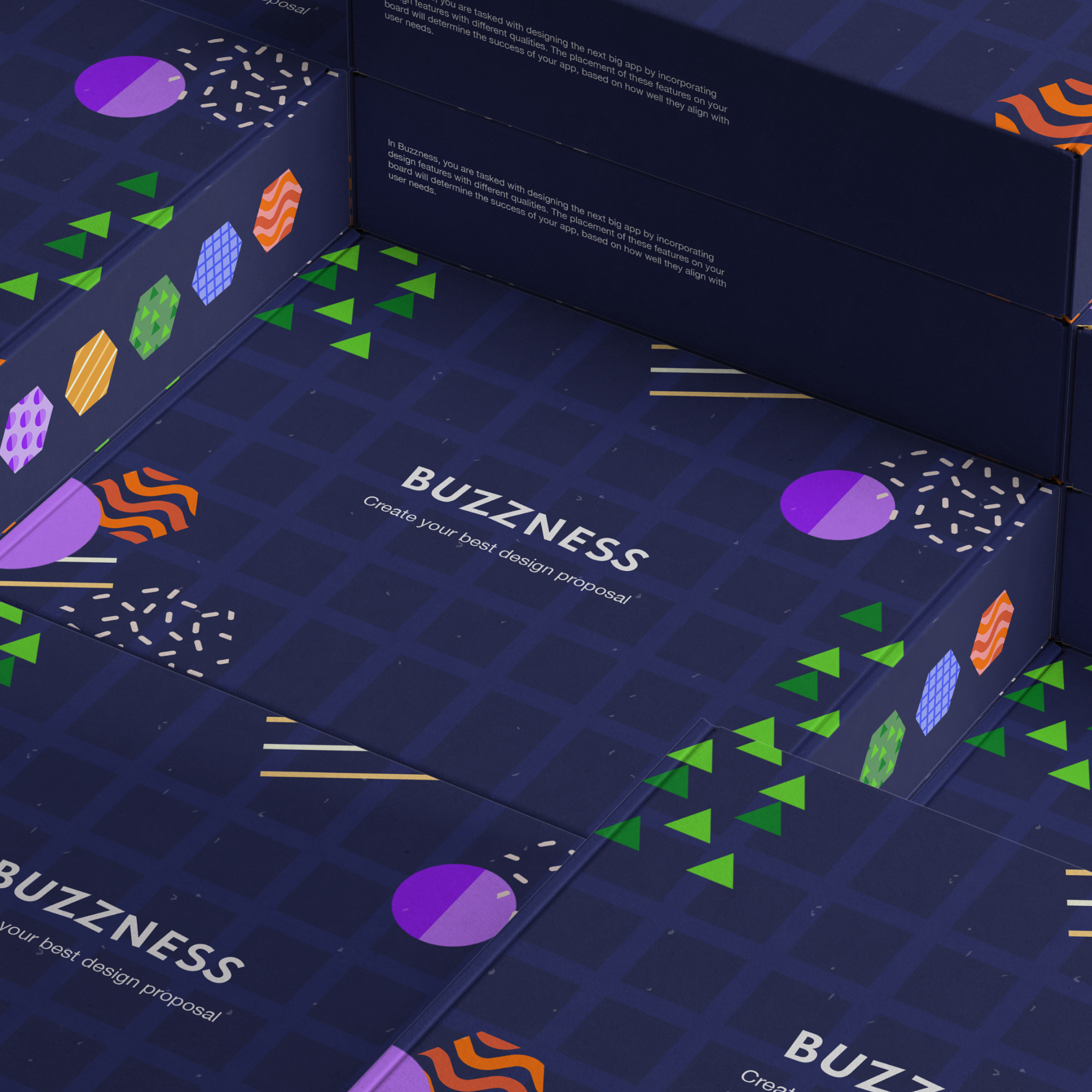How to bring digital services to the market – 10 pieces of advice from a business designer’s perspective
Time has flown by, and it's been almost 15 years since I first ventured into the realm of service design and the then-emerging field of business design. As a student and a young(er) professional launching my career in business design, my dedication was unwavering in seeking creative ways to enhance the customer experience at every touchpoint in the customer journey.

Over the years, I've come to realize that the true magic lies in bringing a service to market. A well-designed service doesn't simply materialize without a well-orchestrated go-to-market process. Reflecting on my journey, I can't recall ever encountering a service failing due to a poorly designed touchpoint. Conversely, failures stemming from challenges in the go-to-market process are unfortunately relatively commonplace. Based on my (good and bad) experience I have scribbled down 10 pieces of advice for a successful go to market journey. I hope it will give you some new ideas.
1. Going to market should be done in parallel with designing the service.
A service evolves on a market, it takes shape in the interaction with the customers. So, be prepared to change the very nature of the service offer while going to market.
2. Understand the customer’s process and formulate your value proposition
Which jobs are the customer carrying out? And why? Try to find the answers to these questions and make it clear how your service is helping them in doing that job.
3. Analyze the competition, but don’t overdo it
You need to understand your competition and have it in mind when formulating your offer and setting a price. However, you will get the best answers from the customers. Focus on them and bringing your offer to the market.
4. Start small – launch to learn
Pre-launch with a small number of customers to learn from their response. This will be a natural continuation from the user tests and research you should have been carrying out before going into launch mode.
5. Do not settle with statistics
Quantitative data on how your service offer is received is great, but to be able to take your service to the next level you also need to capture the nuances from the customer experience. That is done through interviews and observations.
6. Stakeholder management
Map out all internal stakeholders and figure out what a successful market launch requires from them? Make sure to give them what they need to be their best. Also, remember that change hurts. Create a solid plan for internal communication and make everyone feel onboard. Emails are not enough. You going to need demos, meetings, online educations, celebration fika, etc.
7. The frontline employees are always key to success
Customer support, local sales departments, etc. are the ones most closely connected to the customer’s value-creating processes. They are both key to the actual service experience and to canalize insights about the customer into your wider organization.
8. Synchronize your marketing efforts
Plan your marketing communication so it is well aligned with when your service is technically ready for launch and when your internal communication reaches its effect.
9. Visuals to keep senior management calm
Create clear visual overviews communicate status of the launch including risk assessment and show that you have the risks under control. This will keep management calm and provide you with the space needed to focus on developing the service and bringing it to the market.
10. Do not wait until you have everything under control
We recently had a retrospective workshop with one of our bigger clients after launching a new digital service. The product team was most proud over having the guts to bring a service to market without having all the answers, “if we would have tried to solve all our internal issues before we lunch, we would never have gotten started”. What we can learn is not to wait till you have control. Just set deadlines and launch it!
I hope this blog post gave you some new insights or perspectives. Don’t hesitate to reach out if you want to discuss go-to-market strategies or any related topic.






